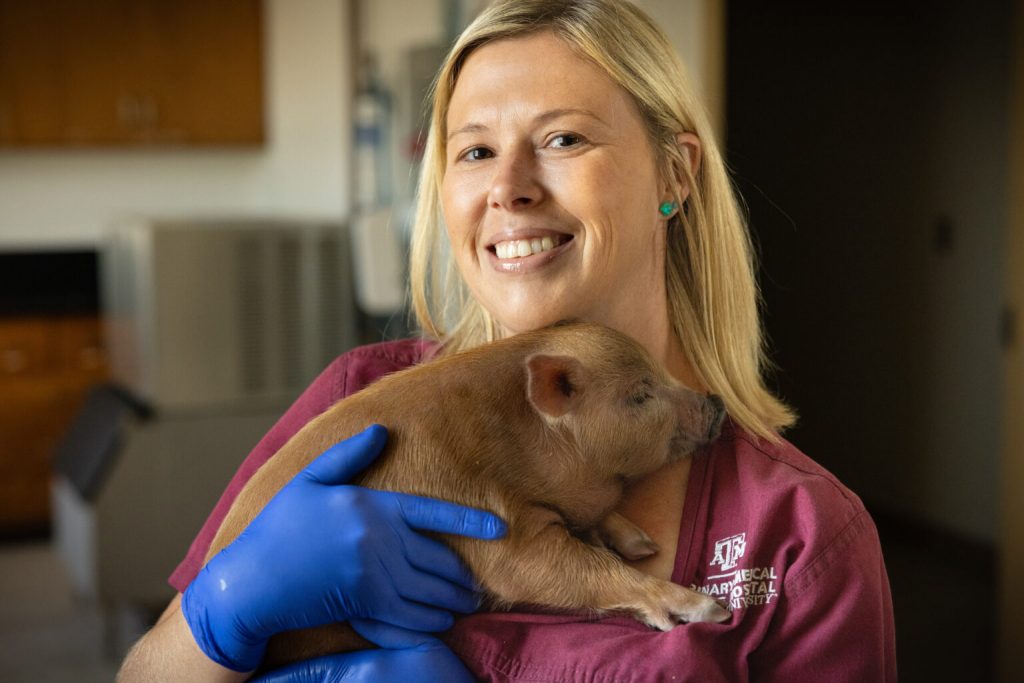
Developing a more effective way to treat melanoma using photodynamic therapy and allowing for a low-cost, non-invasive treatments in pigs, humans and other mammals is central to a new study.
Researchers at the Texas A&M University are exploring how combining ultrasound and light can help treat melanomas in pigs. Advances in medicine have enabled the use of light to target and destroy cancer cells through photodynamic therapy. However, in certain cancers, such as melanomas, do not respond effectively to this treatment.
“In photodynamic therapy, we introduce a chemical that is absorbed by skin cancer cells. The chemical only reacts when exposed to a certain kind of light, which causes new molecules to form that destroy the cancer cells,” says Vanderlei Bagnato, PhD, a professor in the Department of Biomedical Engineering of Texas A&M.
“We are able to use photodynamic therapy to eliminate about 95 percent of lesions for non-melanoma skin cancers. It is very cost-effective and non-invasive,” says Dr. Bagnato. “But treating melanomas with light-based therapy is problematic for several reasons. First, the pigment in the cancer cells sometimes interferes with the light. Secondly, melanomas are more prone than other skin cancers to regrow and metastasize—or spread to other parts of the body—if they are not removed completely.”
“In addition to advancing human medicine, we’re hoping that this project can bring photodynamic therapy to veterinary medicine—not just in pigs but in other species that develop melanomas, too,” says Jennifer Fridley, DVM, clinical assistant professor in the College of Veterinary Medicine and Biomedical Sciences’ Department of Large Animal Clinical Sciences and the director of Veterinary Medical Park at Texas A&M.
Photodynamic therapy has reportedly emerged as a leading treatment for non-melanoma skin cancers due to its cost-effectiveness and efficiency. Microneedles, made of the therapy drug itself, dissolve into the skin, allowing for a quick, non-surgical procedure. This method is particularly beneficial for diabetic patients who must avoid surgery.
In a new study, Bagnato and his team will test various drug combinations, light types, and ultrasound-based sonodynamic therapy to enhance melanoma treatment, aiming to prevent cancer regrowth and metastasis. This research may also advance cancer treatment for animals.
For more information, visit the Texas A&M University website.
